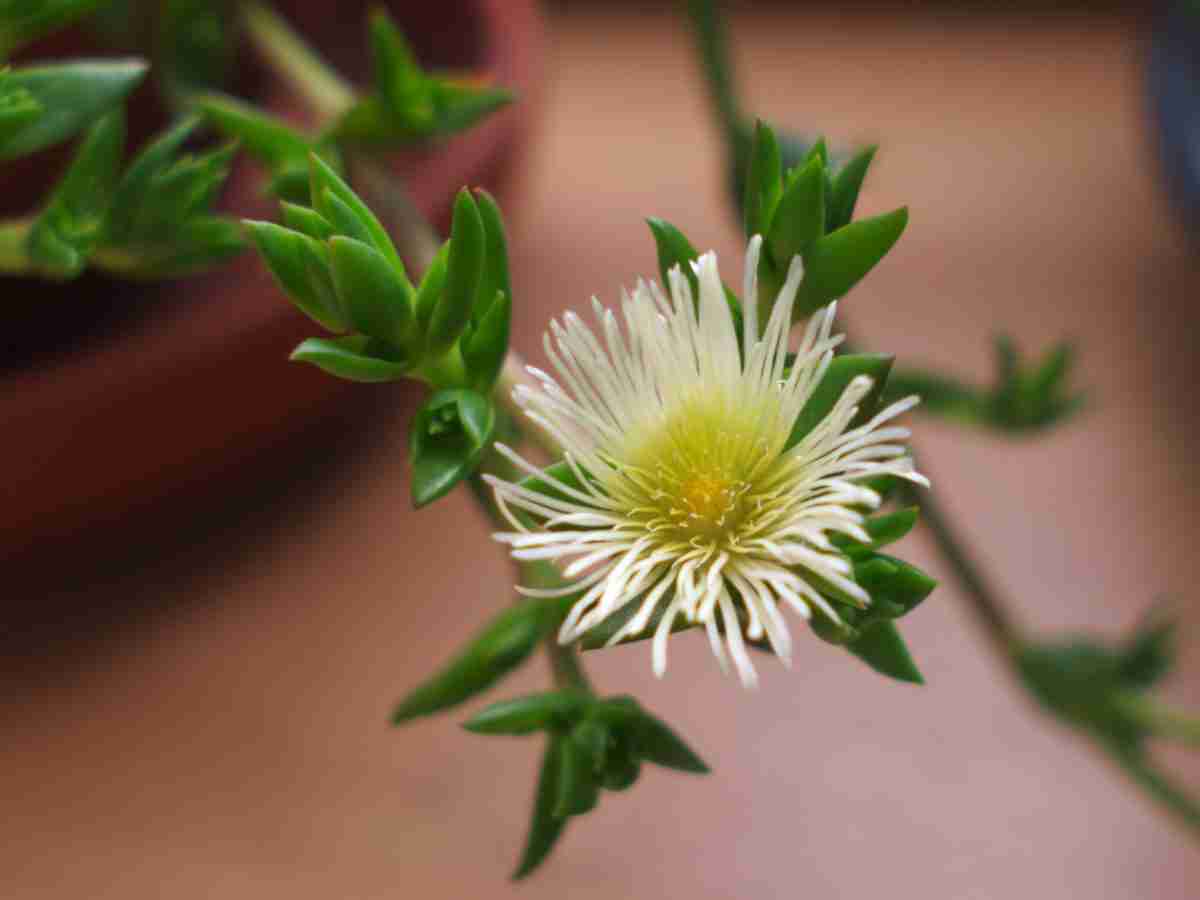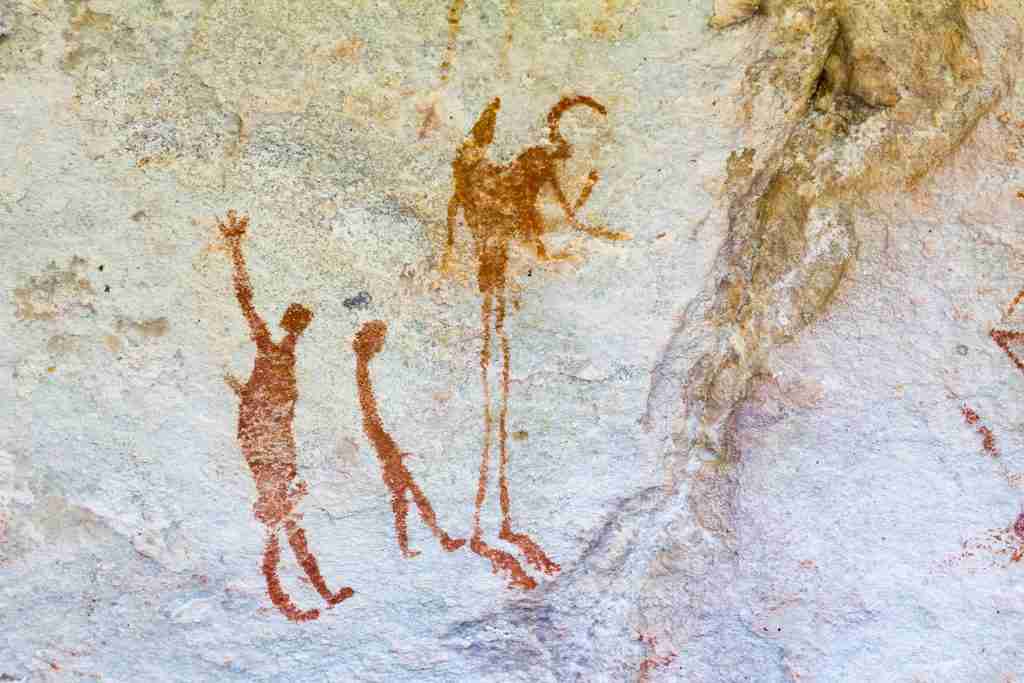The therapeutic use of plants is implicit within all cultures throughout the history of time. Even most of the pharmaceuticals synthesised today are derived or inspired by the therapeutic actions of common plant medicines.
The majority of the most commonly used and well known herbal medicines of today stem from their consistent use in the orient – namely traditional Chinese medicines and ayurvedic medicines.
Plants like Astragalus, ginger root, turmeric and ginseng are common herbal medicines used around the world today which all have their roots embedded in Asian culture.
As aforementioned, many of these herbs have inspired the synthesis of modern day pharmaceutical drugs.
Herbal medicines span the continents, each region home to its own unique collection of flora which can be used to treat different ailments. Africa is no different and boasts a vast array of incredibly potent plants which can heal. Unfortunately, the recorded use, documentation and research done on African botanicals is scarce in comparison to the China and vedic countries.
For this reason we are often caught seeking herbs from lands afar in order to treat our ailments, when in reality we have a blossoming abundance of indigenous solutions on our doorstep.
Different cultures and tribes in Africa – both ancient and modern – have harnessed a plethora of local herbs for healing for hundreds of years. The likes of rooibos, pelargonium, Cape aloe, devil’s claw and hoodia are incredibly powerful medicines found on the continent. Unique varieties of wormwoods as well as the revered marula and baobab fruits also add to the mix.
Local and international pharmaceutical companies are no strangers to these medicines and have been using them to create a wide variety of the drugs we buy today.
Take pelargonium for example, a plant from the geranium family which is indigenous to the eastern regions of South Africa. It has been used for centuries by local tribes and indigenous peoples and is more recently being used as a primary ingredient in many cold and flu medicines in the pharmaceutical industry.
Hoodia is one of the main constituents in dietary medications too, with its potent appetite suppressing effects once harnessed by hunters on long trips.
Tribes like the Khoi and San of Southern Africa, the Masaai of Kenya, the Zulu of South Africa and the Himba of Namibia have used these, as well as hundreds of other plants throughout their history to treat a wide range of ailments. A lot of this traditional use is still, sadly, undocumented. In more recent years, however, with the emergence of interest in these medicines from herbalists and pharmacists alike, we are beginning to uncover these once-hidden secrets.
One herb slowly rooting itself in global use is Sceletium tortuosum.
Sceletium tortuosum, also called just sceletium, kanna and kougoed is a southern African succulent with a delicate white/yellow flower. Its distribution is predominantly in the arid areas of the Western and Northern Cape provinces in South Africa and up into Namibia. It has been used in treatment and ceremony by the Khoi and San communities for centuries, often dried into a tea, smoking mix or chewed. Used like this sceletium provides a very calming, almost sedating effect.
As herbalists began experimenting with this plant, its array of therapeutic values was uncovered.
We quickly learnt of its mood-boosting qualities as well as its application as a nootropic – nootropics, also known as ‘cognitive enhancers’, are drugs used to improve memory, increase mental alertness and concentration, as well as boost energy levels and wakefulness.
More recently pharmaceutical companies have begun extracting specific alkaloids from sceletium, using them to create minimally invasive mood stabilising medications.
Sceletium is now known to provide a wide range of benefits, including mood boosting, improved brain function and sharpness, as well as anti-anxiety, empathogenic and stimulating effects.
With more advanced extraction methods we are beginning to realise the unrivalled versatility of this plant. It may just hold an important key in the future of supplements, as natural alternatives to anti-depression and anti-anxiety medications, stimulants such as coffee and concentration medications such as Ritalin.
May we continue to learn from our indigenous cultures innate knowledge of what the earth has to offer.

Euphorika is a South African based company specialising in ancestral African botanicals. Their present focus is sceletium-based products and with state-of-the-art extraction they are combining the wisdom of nature and indigenous knowledge with modern technology to create advanced herbal supplements. At their core they aim to be sustainably innovative with a large focus on community involvement.
They are currently offering a perfectly-curated dose of water-soluble sceletium in the form of a nanoshot, available on their website and from various stockists in the Western Cape. https://euphorika.love

